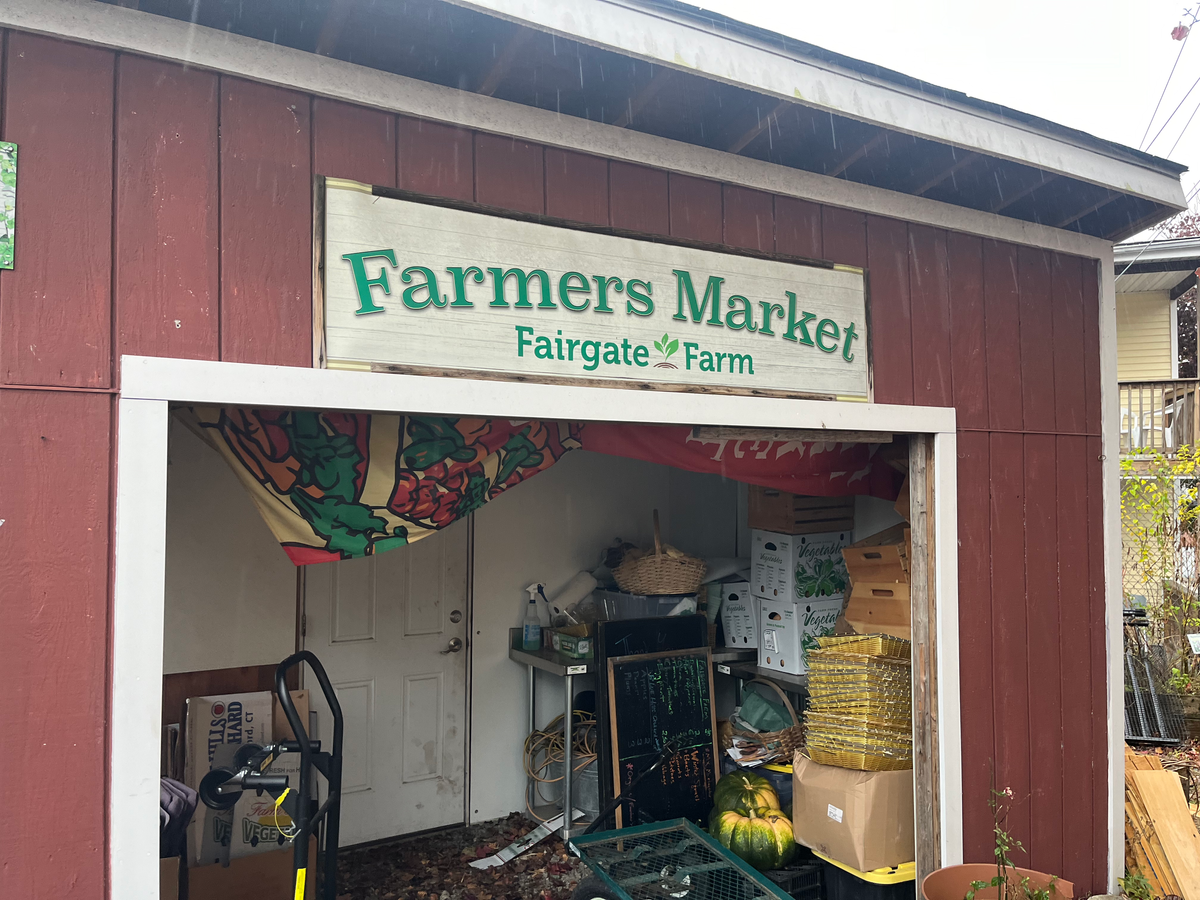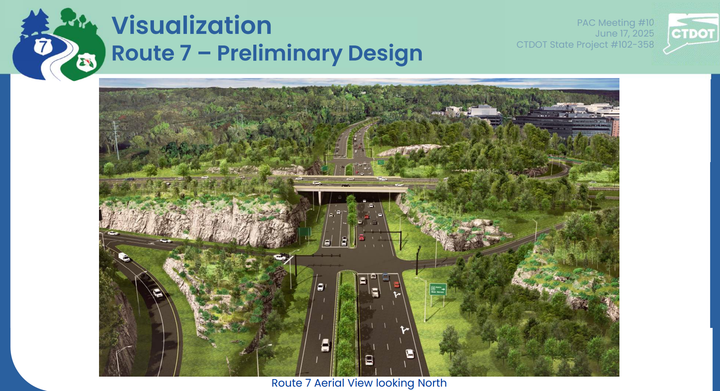Food Insecurity, Access, and Innovation Across Lower Fairfield County
About 18% of residents in Connecticut said they are food insecure. Across southwest Connecticut, many local organizations are working to help address this challenge.

Despite the fact that Fairfield County is home to some of the wealthiest communities in the country, many families are facing real challenges around food—including food insecurity and a lack of access to fresh, healthy options.
Across the state, 18% of Connecticut families said they “could not afford enough food for themselves or their family at some point over the past year,” according to a new 2024 DataHaven Community Wellbeing Survey. Those percentages vary wildly across the state and the county, with about 6 percent in Greenwich and 7 percent in Fairfield stating they experienced food insecurity, compared to 30 percent of residents in Bridgeport.
Food insecurity is defined as not knowing where the next meal is going to come from or how people will be able to afford it. The survey also found that food insecurity in 2024 is actually worse than it was in 2021 as pandemic relief programs have expired.
Theresa Argondezzi, assistant director of health in Norwalk, said that those programs brought in resources, not just for food, but for other areas like rent assistance that helped people get by.
“Now that the emergency declaration is over, and it's been over for a while, and some of these assistance programs are starting to expire—food is often one of the things that people can try to stretch their dollar, they can try to use emergency resources, and so that's why I think a lot of the demand for our food providers is going up as well,” she said.
In addition, there are at least 30 census tracts in our region that are considered food deserts, or areas where there are little to no affordable, healthy food options, according to data analysis from CT Mirror. Almost all are located in the three largest cities—Stamford, Norwalk, and Bridgeport.
“We know that by and large, systems, not individuals, are responsible for economic disparities,” Ali Ghiorse, founder of the Foodshed Network, said at the group’s “A Tale of Two Counties” event around food insecurity held earlier this year. The initiative works to bring together people and organizations across the county who are working on food justice efforts.
“We are here to raise awareness that our county is the second most economically disparate in the country. We are also here to deal with the narratives around food insecurity and why people become food insecure,” she said.
But despite these challenges, local nonprofits and community groups are working hard to tackle these issues and find solutions. From providing pay-as-you-can farmers’ markets to growing food indoors using hydroponic farms, from bringing healthy groceries to food deserts to teaching families how to grow their own produce, local efforts are underway to try and address some of these issues.
Explore our two-part series on food access across southwest Connecticut.
Part 1: The Impact of Food Insecurity and Food Deserts in Lower Fairfield County
Ways to Get Involved
Curious about how you can get involved in helping tackle food insecurity and access in southwest Connecticut? Learn more about the organizations featured in our reporting and how you can get involved in their work.



